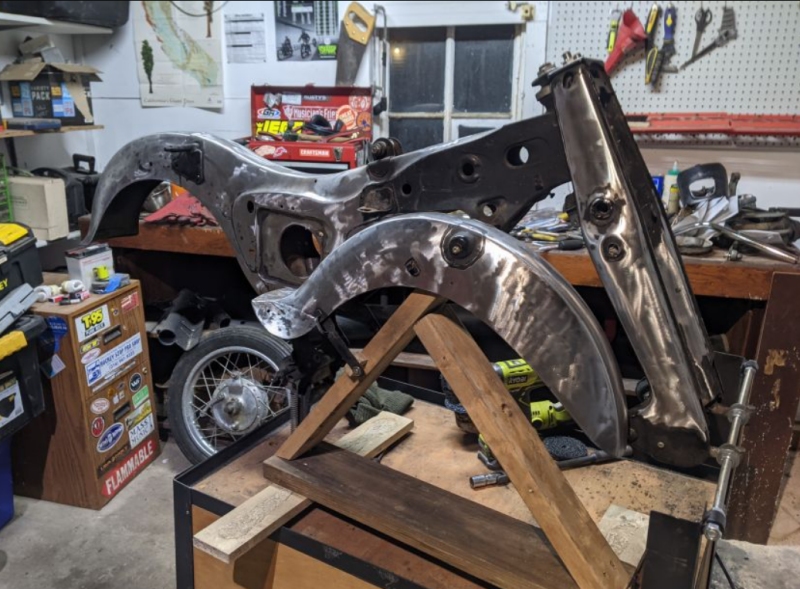I am pretty excited about all the electric VTOL’s that are progressing rapidly. The biggest reason we have been writing about electric aircraft is because they will be the drivers of advanced battery tech. The Tesla car company has produced pure EV’s that have a 300-mile range, so car companies are not pushing very hard to advance batteries. The aircraft industry (on the other hand) is continuing to spend many millions on battery improvements.
Also…electric aircraft are just fantastically cool.
I’m not going to list any electric drones, there are waaay too many of them (like these, click here). Also no electric planes here (like these, click here). The interesting thing about electric VTOL craft (Vertical Take Off and Landing), is that they will take over a large portion of the short-range market that is being served by helicopters. For instance, when a millionaire in Manhattan wants to go to the Albany airport to fly away in their private jet, they normally take a helicopter.
An electric VTOL is MUCH quieter than a helicopter. Plus, since it is electric it has a MUCH longer “Time Before Overhaul” (TBO). If an aircraft is using a fuel-driven engine, it needs to be overhauled and rebuilt to aircraft standards every so often. This is hugely expensive, and it means the money-making air-taxi is out of commission for a while. The motors for electric aircraft can go a very long time before its TBO, plus…a “rebuild” on an electric is pretty much just replacing two shaft bearings.
__________________________________________________




















